Not far out: can games predict the future of commercial space travel
Spacelines From The Far Out is a new video game that simulates commercial space travel, but how realistic is its portrayal? We spoke to space historian and author Rod Pyle to find out.
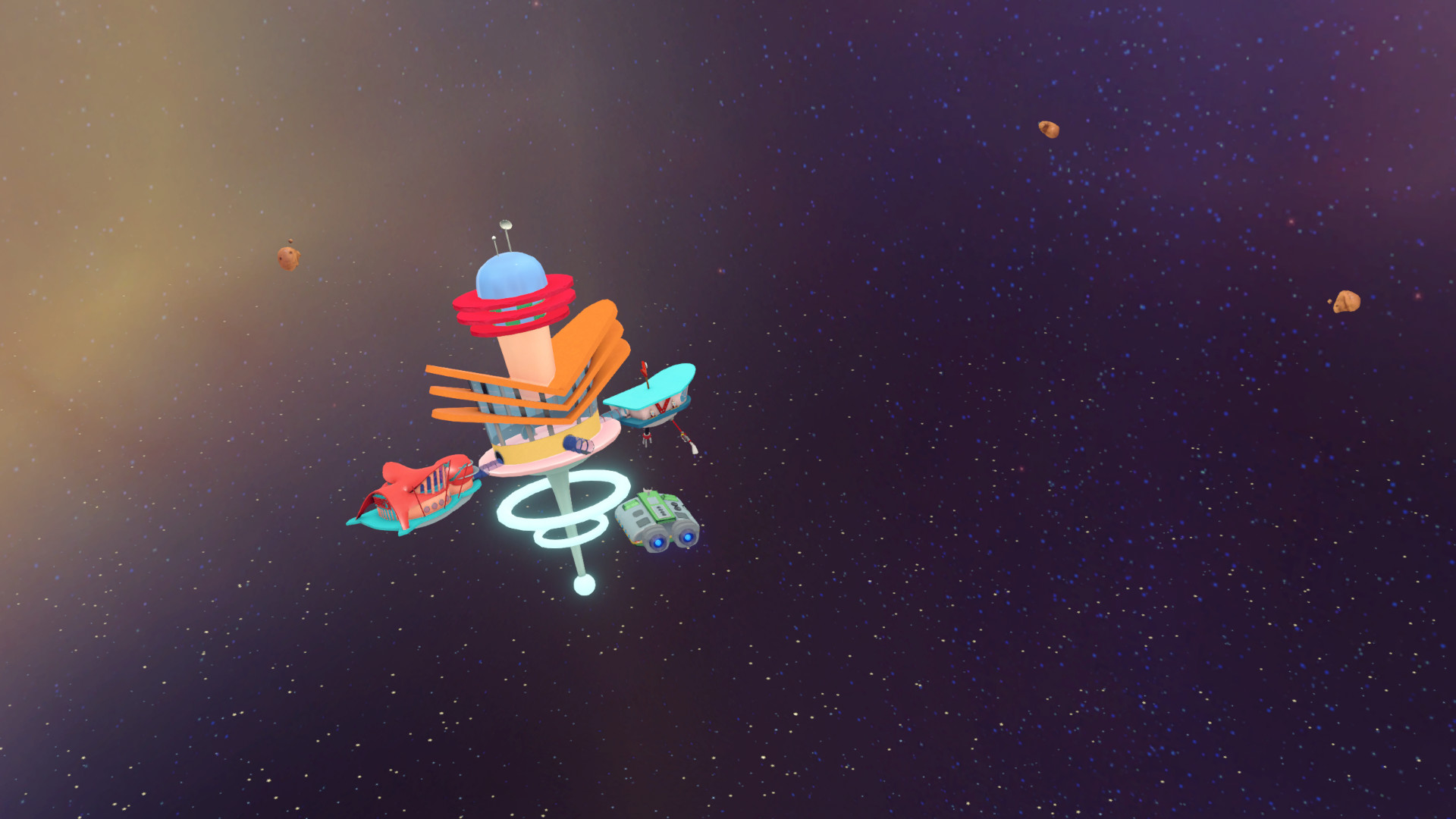
With its seemingly endless possibilities, there’s a good reason why space was famously dubbed as ‘the final frontier.’ Whilst that memorable line was the hallmark of the 1960s star-faring TV series, Star Trek, science fiction has unfolded on our screens for well over a century now, offering us visions of a future beyond the stars that can be terrifying or inspiring, but is always exciting.
From Georges Méliès’ 1902 film, “A Trip to the Moon” to 2022’s "Spacelines From The Far Out", science fiction has always offered a glimpse into the far future that has sometimes manifested into reality. Television, the internet and the 1969 Moon landing were all predicted by science fiction before eventually coming to pass. "Spacelines From The Far Out" is a 2022 video game developed by Coffeenauts that sees you take control of a commercial space line company, responsible for transporting customers along established space ways.
Whilst the game itself is amusingly irreverent and drapes itself with a delightful 1950s kitsch ‘space race’ aesthetic, its subject matter couldn’t be more relevant to modern discussions about the lightning pace at which the commercial space travel sector is growing. With commercial entities like Virgin Galactic, SpaceX and Blue Origin set to be joined by new players in the coming years, experts in the field are predicting that affordable suborbital travel will be available to most of us within a couple of decades.
Should those predictions prove to be accurate, commercial space travel will become an increasingly real possibility for millions of people across the globe. In the meantime, "Spacelines From The Far Out" has been launched on Xbox Game Pass, meaning you can have fun navigating the stresses and hurdles of commercial space travel, without the billions of dollars needed in startup costs.
To celebrate these exciting prospects, Space.com spoke to Rod Pyle, noted space historian and author. Pyle has also worked with NASA at the Jet Propulsion Laboratory and the Johnson Space Center, making him perfectly-placed to assess if any accurate predictions of note regarding the future of commercial space travel can be drawn from this light-hearted, fun and topical slice of entertainment.
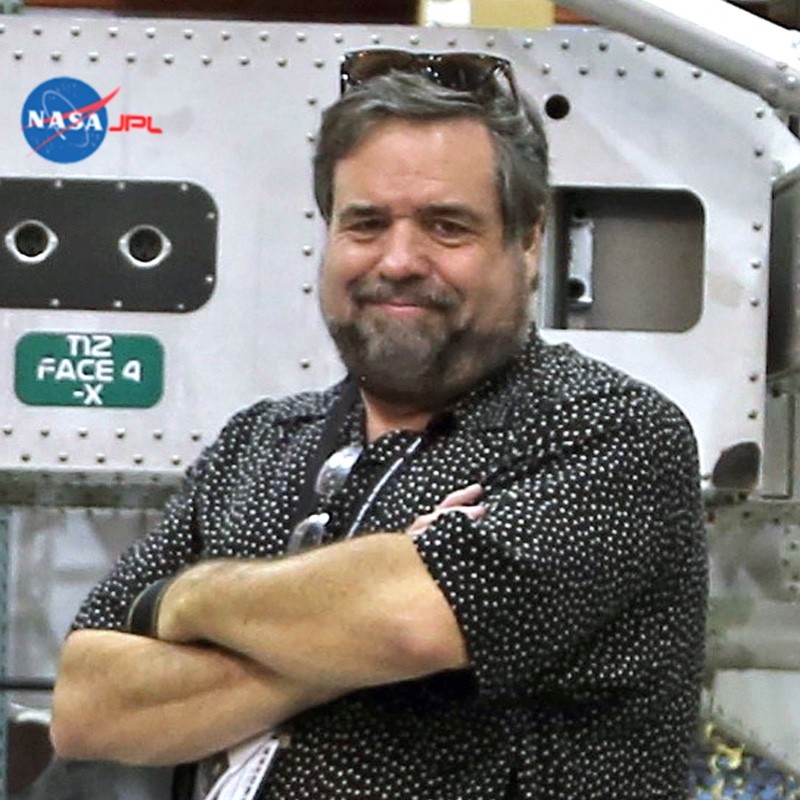
Rod Pyle is a space historian who has previously worked with NASA at the Jet Propulsion Laboratory and the Johnson Space Center. He's written numerous books about space exploration, and he has written many guest articles for Space.com over the years.
Power management systems

One of the key game mechanics in "Spacelines From The Far Out" sees players having to juggle their craft’s power distribution among various systems such as propulsion, steering, catering and cleaning systems, all initially powered by a pretty hefty battery. Whilst constant battery-powered systems switching might make for a fun and frantic video game experience, how feasible is it in reality? “Historically, human-crewed government-contracted spacecraft, whether built by US aerospace contractors or Soviet-era design bureaus, were powered by batteries or in the case of Apollo fuel cells, hydrogen and oxygen,” explains Pyle.
With its 1950s retro stylings, "Spacelines From The Far Out"’s somewhat antiquated choice of battery power makes sense, at least from an aesthetic perspective, but as Pyle points out, energy systems in the commercial space line era have advanced drastically: “Soyuz and upcoming Orion will use solar panels,” he adds. “There is a new generation of solar panel designs under development at NASA/JPL that will be usable into the outer solar system, as far out as Neptune, which is a huge advance in just the past few years.”
Despite the advances in solar technology, Pyle ultimately believes that nuclear power will be a key component as commercial flights venture deeper and deeper into space: “In my view, nuclear fission power sources will be critical to success for long-duration spaceflight and planetary habitats,” he states. “This need is the motivator behind the NASA/Department of Energy-supported Kilopower reactor project, which will provide small fission reactors that will be capable of providing energy for 10-15 years.”
Craft design
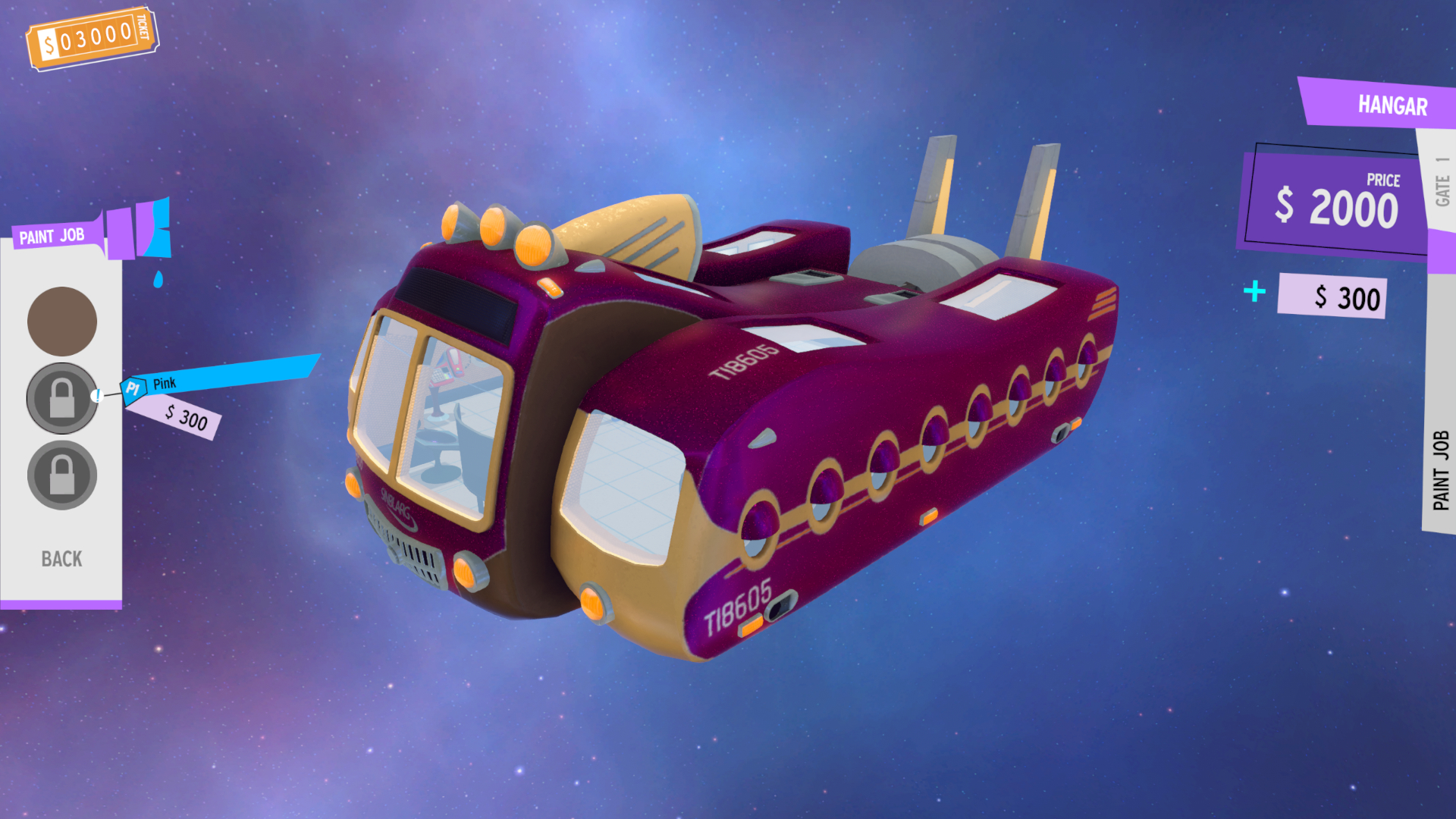
"Spacelines From The Far Out" may have struck out on the power front, but what about the charming capsule-style design of its space liners that ferry an assortment of passengers from spaceport to spaceport? Unsurprisingly, this design style also stems from the ‘space race’ era, although according to Pyle, this configuration is far from obsolete: “The designs for capsule-shaped spacecraft like Orion, Dragon and the new Boeing Starliner date back to studies performed in the 1950s and were first flown in the 1960s,” he explains, “they work well and are fairly foolproof. The same general design has worked for aeroshells for US Mars landers from the Vikings in the 1970s to the entry enclosure for the Perseverance rover.”
However, Pyle does point out that more innovative designs from newer players such as SpaceX will slowly replace capsule technology, adding, “SpaceX’s Crew Dragon pushed the design limits with fuselage-mounted abort engines and other features whilst in my view, Boeing’s Starliner fell back on more conventional technologies. It will do the job but with less versatility and a much later safety-rated delivery date. Moving ahead, while blunt-body capsules will probably stay in use for some time, SpaceX’s Starship really changes the paradigm quite a bit, utilizing research dating back to various lifting body designs and even the shuttle, and yet is truly reusable. It also offers a huge cargo capacity and lifting capability.”
Safety standards
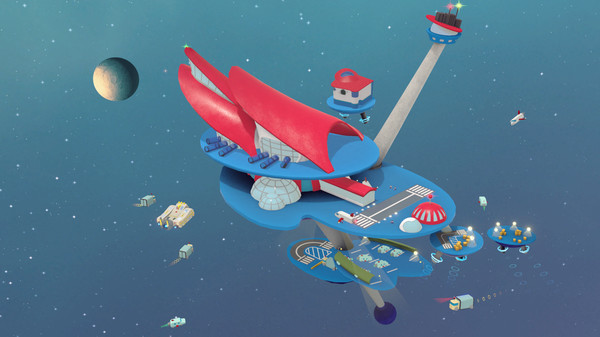
Despite being a whimsical recreation of what commercial space travel might look like, "Spacelines From The Far Out" also includes a game mechanic where the safety standards of your space line are rigorously monitored. Whilst this is in place to add an extra layer of drama to the game’s already frantic proceedings, it is certainly conceivable that profit-oriented companies like SpaceX could experience pressure to relax safety standards in order to reduce operational costs. With that said, who would be responsible for oversight of public safety beyond the Earth’s atmosphere?
“It’s been very difficult to sell the idea of relaxed safety standards to the public,” notes Pyle. “To date, NASA and the FAA have been overseeing flight safety. In the future, much as occurred with civil aviation, a new federal agency may be needed to handle safety oversight for commercial spaceflight and habitation. While I would suggest that a company like SpaceX be allowed to take greater risks for completely private missions with fully-risk-aware professional crews, I support federal oversight for spaceflight safety for civilians as commercial flights increase in tempo—with the caveat that this agency should be as agile, streamlined, and rapidly-responsive as possible.”
Affordability
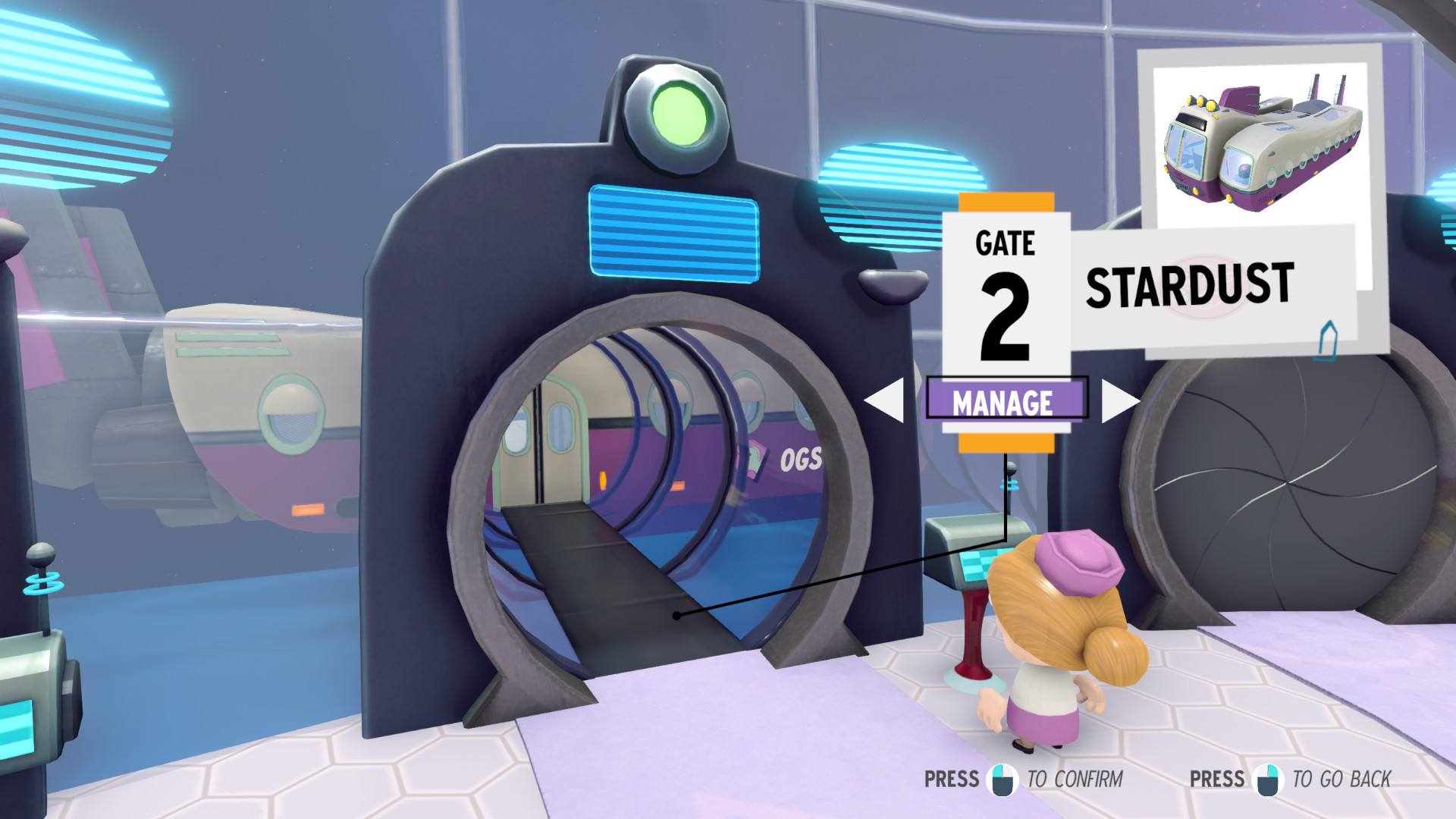
Finally, by the time you take the costs of fuel, cleaning, maintenance, tech upgrades and insurance into account, "Spacelines From The Far Out" can see you running a quick flight for just a few bucks profit. Whilst commercial space travel is presently the preserve of the wealthy, can we envisage a future where low-budget space lines run a huge volume of low-cost routes, eking out a small profit with each voyage?
“I absolutely see spaceflight becoming something that the average middle-class individual might be able to engage in within the next 20 years,” says Pyle. “The most likely scenario I see is something like SpaceX’s Starship making suborbital hops—a longer ‘spaceflight’ experience than that currently offered by Blue Origin’s New Shepard or Branson’s Virgin Galactic flights, for roughly the cost of a first-class transoceanic ticket.”
As for longer orbital trips, Pyle predicts that they will remain expensive for some time to come: “I foresee 1-3 orbit tourist flights being popular,” he adds. “Private space stations will, I suspect, remain the domain of the well-heeled for a few decades, as will lunar landings and extended stays there. However, I’d like to be optimistic, and we should remember that while this is primarily the domain of US companies to date, there will eventually be international competition, so the field could accelerate dramatically with time.”
So, whilst "Spacelines From The Far Out" doesn’t quite match up to the bright future of commercial space travel, that most likely isn’t the aim. Still, despite its irreverent tone, a manic play through still offers a few insights into some of the problems and possibilities afforded by the prospect of travel beyond the stars.
To see more great examples of how sci-fi has imagined space travelling future, check out our guides to the best space games and best space movies. We also have a forward-facing look at all the upcoming space games too.
Join our Space Forums to keep talking space on the latest missions, night sky and more! And if you have a news tip, correction or comment, let us know at: community@space.com.
Get the Space.com Newsletter
Breaking space news, the latest updates on rocket launches, skywatching events and more!

Dan's interests sit squarely at the intersection of science fiction and cinema, two childhood obsessions that he loves writing about this day. As video editor for UK outlet Film Stories he loves writing about movies every day. Dan has a degree that he's never used, believing instead that the answers to all of life's questions can be found by gazing at a huge screen in a darkened room in the company of strangers. You'll usually find him here at Space talking about sci-fi movies and games.
-
MrKarisma Probably not as they have not taken artificial gravity seriously even in the year of 2022. Not even planning for a big rotating space station which is what the ISS should have been. Humans are faaaaaar away from anything resembling anything in sci-fi games. Money goes down a black hole instead of research in space and developement - which could save humanity in so many ways. Holding my breath for Elons Star Ship and that it all works out exactly like he dreamed it, or even better with concepts Ive seen on youtube with several Starships connected and rotating for artificial gravity.Reply










